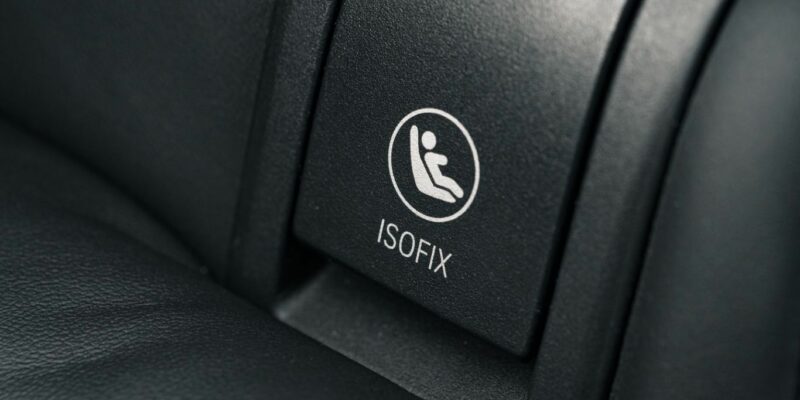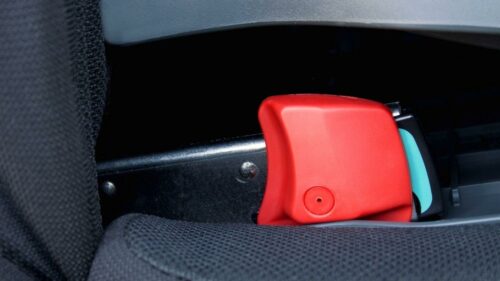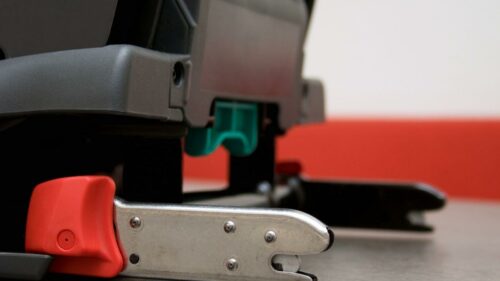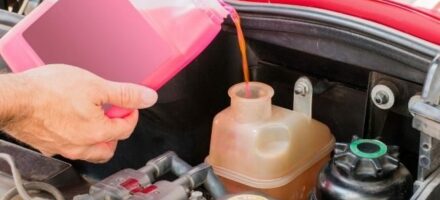
Even in a car crash taking place at the speed limit of 30mph, a child can be thrown through a windscreen at a force of up to 60 times their own body weight.
The safest way for a child to travel in a car is to be placed within a child seat that is appropriate for their height and weight. The problem associated with child seats, however, is that many seats are poorly fitting or not suitable for the child they are carrying.
What is Isofix?
Isofix child seats have demonstrated superior performance in crash tests and driver surveys. The concept of having specialist fittings pre-installed in the car means that child seats are no longer restrained by adult seatbelts.
Most child seats are designed to be fitted using the car’s existing ‘lap and diagonal’ seatbelts. The problem with this, of course, is that there are so many different makes, models, sizes and shapes of cars today that the different seatbelt anchor points can vary dramatically from car to car. This means that it is virtually impossible for child car seat manufacturers to create a ‘one size fits all’ seat to fit properly within all cars.
Anyone who has had to remove a child car seat from one car and then try to fit it into another car will confirm that this can be an awkward, frustrating and potentially dangerous exercise.
The isofix system works by not trying to make all child car seats equal, but to focus on building in attachment points within a car’s structure. It should be possible therefore, to fit any isofix seat into any car with isofix attachments. This drastically reduces the instances of poorly fitting seats and provides a greater level of solidity and protection for the seat which is ‘locked-in’ to place.

Why is Isofix Safer?
Unfortunately, the development of isofix is not quite as clear-cut as you would hope. There are currently two different variations of isofix seats: ‘universal’ and ‘semi-universal’, which are also known as vehicle specific. It is important to know the differences between the two and to make sure you know which is most suitable for your car.
Understanding the Types of Isofix Seat Available
Car safety surveys regularly show that a high proportion (as much as 70%) of child seats are incorrectly fitted because of the following reasons:
- Seatbelt too loose
- Seatbelt not fed through the child seat according to instructions
- Buckles breaking during a crash by being held up against the seat frame
- Child seat not compatible with the car
- Child seat too old or worn to be effective
Many of these problems now appear to have been addressed by the introduction of Isofix car seats.
Universal Isofix
The best way to find out whether your car has the isofix system is to either look in your handbook or contact your local dealer. If not, you can check your car back seat for attachment points which should carry the isofix logo, positioned between the back seat cushion and the back rest.
All new cars manufactured since 2006 will have been fitted with universal isofix anchorages for a minimum of two child car seats. Before 2006, however, many cars were fitted with the semi-universal system. Again, you should do some research into which system has been put into your car before you purchase an isofix child seat.

Does My Car Have Isofix?
Both universal and semi-universal isofix systems use three points of attachment designed to restrain the seat and present it from moving forward in the event of a crash. A universal system has three anchorage points whereas a semi-universal system only has two anchorage points and relies on an anti-rotation device to prevent the seat rotating forwards.
Both universal and semi-universal systems are very effective in preventing the seat tilting forward too fast. You should however, find out which system is used within your car before you purchase an isofix compatible child seat.
Disclaimer: The information in the article is for general purpose information only and should not be constituted as legal advice. This article has been produced by a third party and Jardine Motors does not take any responsibility for the completeness, accuracy, or reliability with respect to the website or the information provided. Article last updated March 2016.



